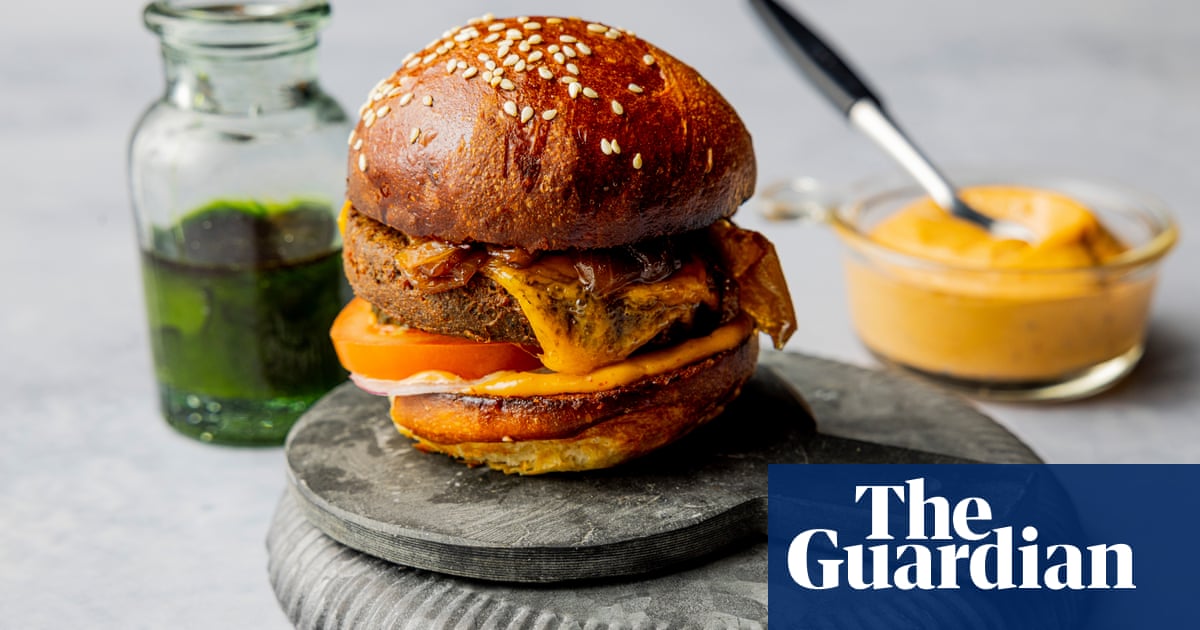At a seaside restaurant near the docks in Fredrikstad, Norway, there’s a selection of delicious looking entrees sitting in front of me. There is a cheesy lasagne, a savoury Mexican casserole, and a spicy chilli con carne. Biting in to each one in turn, I savour the familiar taste of ground beef. Or is it?
The dishes come from Pronofa Asa, a Scandinavian company whose purpose is to make new and sustainable protein sources. In 2022, it acquired the Swedish research company Marine Taste and expanded on its work turning ciona – or “sea squirts” to you and me – into mincemeat. The dishes in Fredrikstad were prototypes, but Pronofa plans to have its mincemeat on supermarket shelves in Norway and Sweden before the end of the year, it says, and will aim to expand throughout Europe in the coming years.
Ciona is naturally rich in proteins, and can be used as an alternative feed for fish or animals as well as people.
“The sea squirt is the only organism that produces 100% pure cellulose,” says Hans Petter Olsen, the CEO of Pronofa. “So there are some fibres in the meat and we had to work on how to process them so the mouthfeel would be similar to meat.”
Pronofa, and a number of companies like it, are developing alternative protein sources for kitchen tables around the world, which have a minimal carbon footprint but that taste like family favourites. The Food Standards Agency said in October that cell-cultivated meat could be on sale in the UK within a few years. Cultivated chicken was approved for sale to consumers in Singapore in 2020 and in the US in 2023 and cultivated steak was approved in Israel in 2024. Scores of companies around the world are developing similar products, including using pork and fish.
Ciona are umami flavoured, but naturally have a slight seafood taste and a texture reminiscent of calamari. There are no additives – this transformation to “fake meat” is accomplished simply by the way that the company processes the sea squirt, says Olsen.
Changing the sea squirt into something that looks enticing is important as ciona does not look appetising. Burping and bubbling in the freezing waters of the North Sea, sea squirts are translucent tubes that resemble gelatinous sacs. They will grow on almost any solid surface in the sea, from rocks and driftwood to deliberately placed ropes.
They have two siphons on the top of their tubular bodies: one for pulling in nutrient-rich sea water, the other for expelling filtered water.
Yet, once processed, ciona can be consumed in surprisingly traditional recipes. “We had to work on how to eliminate the marine taste,” says Olsen. “Because it should not taste marine or fish-like at all. It is going to taste like meat.”
But sea squirts are more than just another alternative protein source. Farming ciona is “super-sustainable”, according to Olsen, in part because they require almost no input from the farmer. Ropes are seeded with ciona larvae, similar to farming oysters or mussels. The farmer’s labour is required at harvest time, when the long ropes covered in sea squirts are hauled from the ocean, the ciona removed, and then processed.
Often considered a highly invasive species, varieties of tunicates (of which ciona are just one) appear uninvited on ropes, buoys, bowlines and docks around the world. Most have potential for culinary uses, but Pronofa’s recipes are specially formulated for the ciona that thrive in the North Sea. In spite of being an invasive species, ciona and other tunicates can be of tremendous value to the environments they grow in, filtering out nitrogen from the ocean waters.
“One of the side effects of agriculture is the nitrogen surplus,” says Olsen, “Surplus that is running into the rivers and causing the algae to grow too much. But if you drive close to one of our tunicate farms, the ocean will be like the Mediterranean – crystal clear waters, and visibility of 30 metres.”
However, sea squirt farming is not without its difficulties. A venture to farm the variety haloceynthia roretzi, or sea pineapple, for human consumption in Korea has struggled to have any impact due to continued events of mass mortality. Scientists in Korea believe the die-offs are caused by a parasite whose destructive capabilities may be increased by the monoculture nature of tunicate farms.
Nevertheless, Pronofa hopes that its work with the invertebrates will turn it into a food staple rather than just another fashionable and short-lived meat alternative.
“For us, it is very important not to be put on the same shelf as Beyond Meat and all those other meat replacements,” says Olsen. “Eventually, we want to compete on scale with the salmon industry in Norway, and we want to deliver millions of tonnes of our products.” The Norwegian salmon industry makes up 2% of Norway’s GDP and is worth more than $10bn (£7.7bn) annually, according to the Norwegian Seafood Council.
Olsen’s bold vision starts with a plate of convincingly meat-like ciona mince, drenched in tomato sauce, cheese and sandwiched between sheets of pasta. It looks like meat, and one forkful confirms, it tastes like meat. Ciona mincemeat could be the next ground beef – without the environmentally destructive processes associated with cattle farming. But for now, it’s a case of watch this space.















